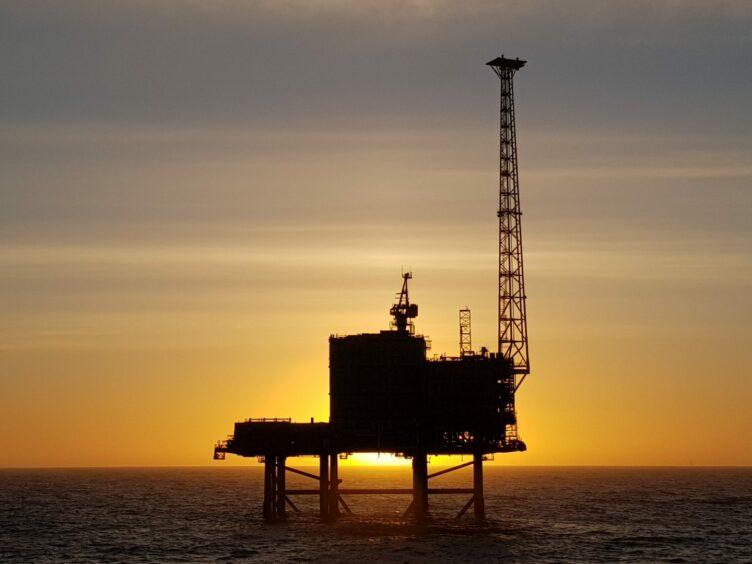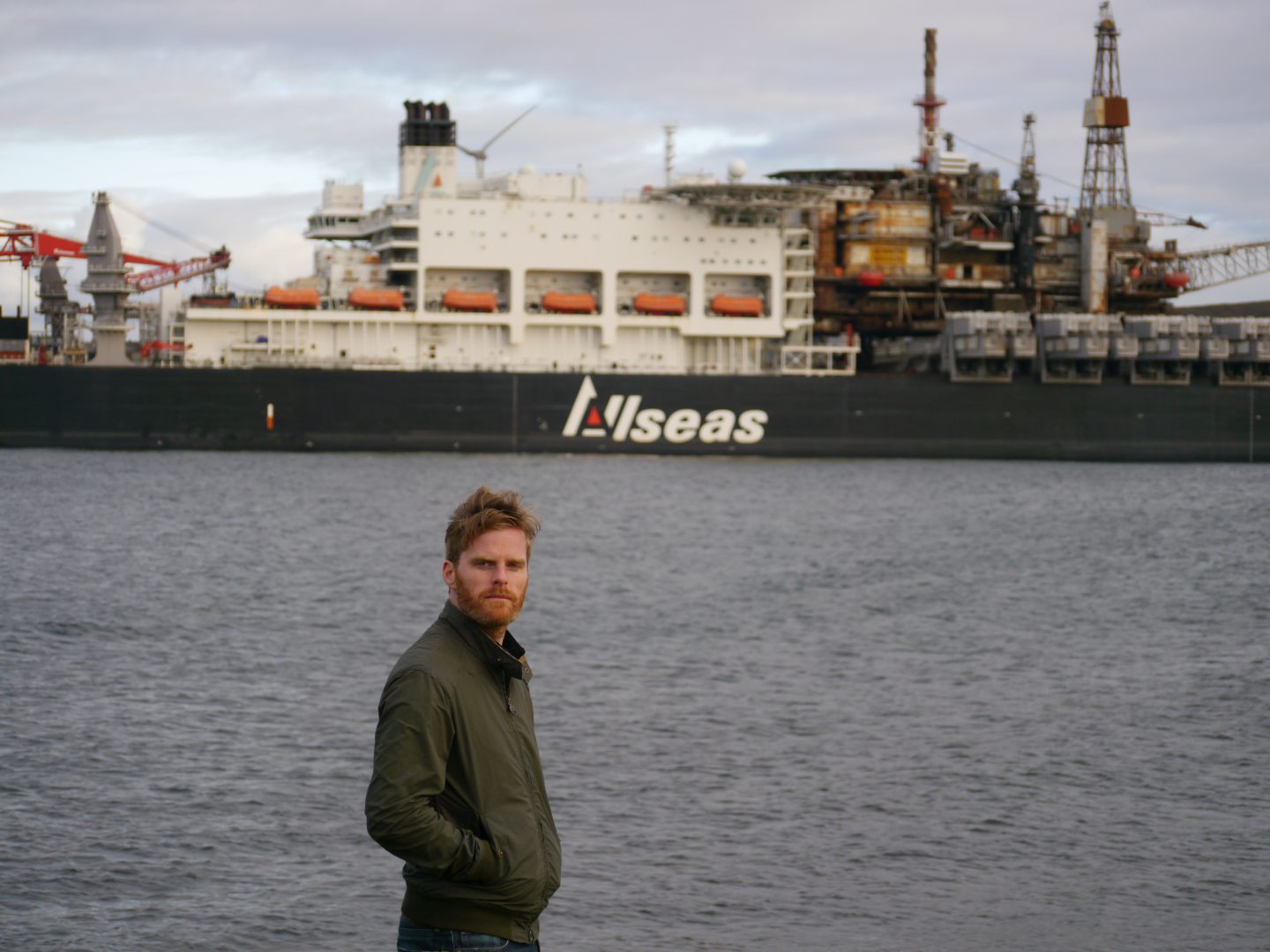
Operating in more than 65 countries and responsible for billions of barrels in reserves and production, BP’s oil and gas portfolio is formidable. With that come serious commitments and considerations as to what happens to infrastructure at the end of its life.
Helping understand and manage those considerations is decommissioning compliance and strategy manager, Joe Leask. Part of the supermajor’s projects division, the role involves overseeing and forecasting the group’s worldwide decommissioning provision for the coming decades and beyond.
“Everything that we have installed and built, every well we’ve drilled, every pipeline that we’ve laid, every platform that’s in the sea, we need to provide and leave aside some money to decommission that at the end of its life,” he explains.
As of BP’s most recent annual report for the end of 2021, that provision stands at around $16.4 billion. “It’s a big number and with it there’s a lot of opportunity,” he says.
Fresh from his role as decommissioning manager at trade body Offshore Energies UK, Mr Leask is no stranger to assessing the long-term impact of policy and strategy on billions of pounds worth of infrastructure. And while the output for BP is largely financial, he is confident that a technical background in the nitty-gritty of decom projects will help identify opportunities where the organisation can improve.
Spread across 11 regions of operation and myriad configurations of infrastructure, there are “a lot of moving parts” Mr Leak says. “We’ve got a large global portfolio with different types of assets – we’ve got onshore, offshore stuff – there’s a lot of floating and fixed stuff. A lot is owned by us directly, a lot of it is with some of our joint venture partners.”
Coupled with that is the managing of various timescales across these regions, the different cultures associated with the process, and of course various regulations and regulators which must be adhered.
“When you’re looking at all this strategically, there’s a lot of planning and preparation and game planning as to what we’re going to do to be successful in decommissioning in general,” he adds.
“Because we’re going to be decommissioning over the next few decades in BP, anything that we do now can have a big influence on the future of decommissioning in this organisation – whether that’s contracting strategies that we use, or the relationships that we build, or even how we invest in technologies.”
“That can have a huge influence on how we decommissioned in 10 or 20 years to come.”
Supply chain successes
Whatever the approach taken, BP’s execution will be based on experience gleaned from years of work in the North Sea and US Gulf of Mexico
“They are really feeding our understanding of decommissioning, our capability and our success,” Mr Leask says.
In the UK sector, BP has already removed North West Hutton – the first large fixed steel jacket installation to be decommissioned in the region – as well as the Miller topsides and jacket. The Schiehallion and Foinaven FPSOs too have been moved off station (though the latter field may yet be redeveloped), while programmes are in place for remediation of infrastructure at Don and Miller.
That’s not to say all operations have been smooth. The recent removal of the Foinaven FPSO by owner Teekay caused a stir not just amongst residents concerned by the appearance of an aging vessel near a picturesque village on Scotland’s west coast, but also amongst supply chain firms dismayed to learn the actual decommissioning would be carried out in Denmark.
Though he was not involved in the project, Mr Leask affirmed the decision was Teekay’s, as the vessel owner. However, he noted there had been “successes” for local firms as part of the project, including around £40m in awards for “high-skilled scopes” such as flushing and cleaning of infrastructure, and some of the disposal elements that occurred while it was moored at Hunterston.
“They are high skilled, intricate and carried out very well by the supply chain,” Mr Leask continues, “And we need to vocalise that more, so people are really drawing the attention of what local content is being offered by the Scottish and UK supply chain.”
This too should be seen as an export success story, he argues. “While it’s really unlikely that we’ll see a vessel from say, Brazil, sailed around the world to be decommissioned on Scottish shores, it’s a lot more likely that we’ll see the Scottish supply chain using the sort of engineering scopes, learning from the experience they’ve gained on projects like Foinaven and feeding those back into work in Brazil.”
In the US, Mr Leask also says provisions are being made for assets held by Fieldwood Energy in the US Gulf, liability for which has been returned to BP following the company’s 2020 bankruptcy. Covering nine platforms and some 200 wells, BP has previously estimated the cost of derogation at around $340m.
Tackling this scope will be its own challenge, he says. Many of the assets are older even than the North Sea’s Thistle, from 1971. In response BP has built experienced teams for wells and project management, which he describes as “a fusion of Scottish and Gulf of Mexico competency.”
“It’s a really good example of where we are using that Scottish and UK supply in coordination with the experience that we’ve already got in the Gulf of Mexico. Those are two most experienced regions, so we’re getting the best of both worlds.”
(For those keen to know more, the subject will also form a dedicated session during the Offshore Decommissioning Conference later in November.)
Global impact on BP decommissioning
More widely, Mr Leask says he wants to draw on the kinds of communities and networks overseen by OEUK and implement similar structures within his new organisation – a process he hopes will see further knowledge cascaded through the group’s other regions.
“Talking to each other and learning from each other, can help in in so many ways,” he says. “I want regions like India in Indonesia who have less experience in decommissioning to glean things from the North Sea and Gulf of Mexico who have a lot more, and so that’s one of the things I’m really excited about.”
This approach will also include the adoption new technologies, and Mr Leask is keen to look at where the biggest impacts can be made. “Over 50% of decom expenditure in BP will be spent on decommissioning wells. That’s a big chunk of change when you’re looking at the global provision, so we are really trying to recognise where those opportunities are and how we progress them,” he says.
Yet these efforts extend beyond technology and equipment. “It’s the relationships we build, the contracting strategies that we use – all of those can make a big movement on our success,” he adds. He is also preoccupied with how decommissioning can contribute positively to the company’s wider goals of reducing emissions, improving biodiversity and embracing the circular economy.
Crucially, he says end-of-life conversations are now happening at the development stage, all of which should ensure the process is more efficient and sustainable in future. “We’re building some infrastructure in Mauritania and Senegal today and we’re already thinking about decommissioning for that region and applying the learnings now that we’ve seen in places like the North Sea to enable quality conversations on those scopes in the future,” he adds.
Looking outside of the decom hotbeds of Europe and the US, does that mean younger oil and gas basins will be able to work faster and more cost-effectively?
“Practice makes perfect,” he says. “If you do things over and over again, you’ll get better at it.
“I do think that there are some unique nuances region by region – culture being an obvious one… But mainly decommissioning is the same; you’re picking stuff up, you’re plugging wells and therefore the learnings associated with the North Sea or the Gulf of Mexico will benefit Trinidad, it will benefit India, Indonesia, Australia.”
Recommended for you

 © Supplied by OEUK
© Supplied by OEUK